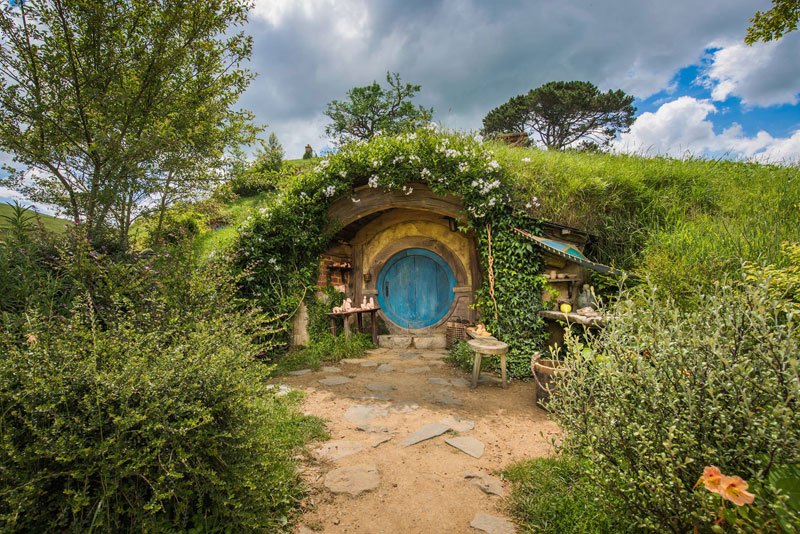“The Hobbit” and “Lord of the Rings” are among the world’s most popular and successful book and movie series, and a key factor in both series is the location of Hobbiton. Hobbiton is a village in the Shire which hobbits inhabit, but not many know how the location in the movies came to be, and why it is still around.
The director of the film, Peter Jackson, was searching for the perfect setting as described in the books in 1998. This included green grass, clear skies, and rolling hills. One scout had found the Alexander Farm, near Matamata, NZ. The first time they visited the farm, they knocked on the door of the family’s home, but were told to go away since the family was watching a rugby match, and did not want to be bothered. The next time they knocked, they had the door opened to them and were asked what they wanted. None of the Alexanders knew who Peter Jackson was, or any about the trilogy described to them. Still skeptical about Peter Jackson, they were given permission to start construction on the plot of land.
They started construction soon after, filming the first “Lord of the Rings” movie for 3 months, with a set made of polyester and foam. It was torn down after filming, but when they began reconstruction for “The Hobbit”, they had made the materials more durable and permanent. They created realistic houses that were able to be used, as they were made of concrete and wood, inside of the hills of Matamata. The permanent set consists of 44 hobbit holes and stretches for 12 acres. The gigantic and iconic oak tree on Bag End is also fake, created with fiberglass and millions of leaves that have been repainted by hand several times. The rebuilding of the entirety of the set was completed in 2009 before they began filming “The Hobbit” trilogy in 2010. During the filming, people had specific jobs such as “doing the laundry”, which meant taking down clothes during certain times of the day to make it seem alive. Jackson’s specific eye for details and realism was shown throughout the set, which is also why the building were made permanent.
Movie tours have been available since 2002, even with the rebuilding finishing in 2009. Russel Alexander has become extremely successful from the use of his land, but still runs his farm consisting of 13,000 acres. It has brought booming business for tour companies and local businesses ranging from Matamata to Auckland, creating more tourism for New Zealand. Over 5,000 visitors a day come see the wonders of Hobbiton in the busiest season.

